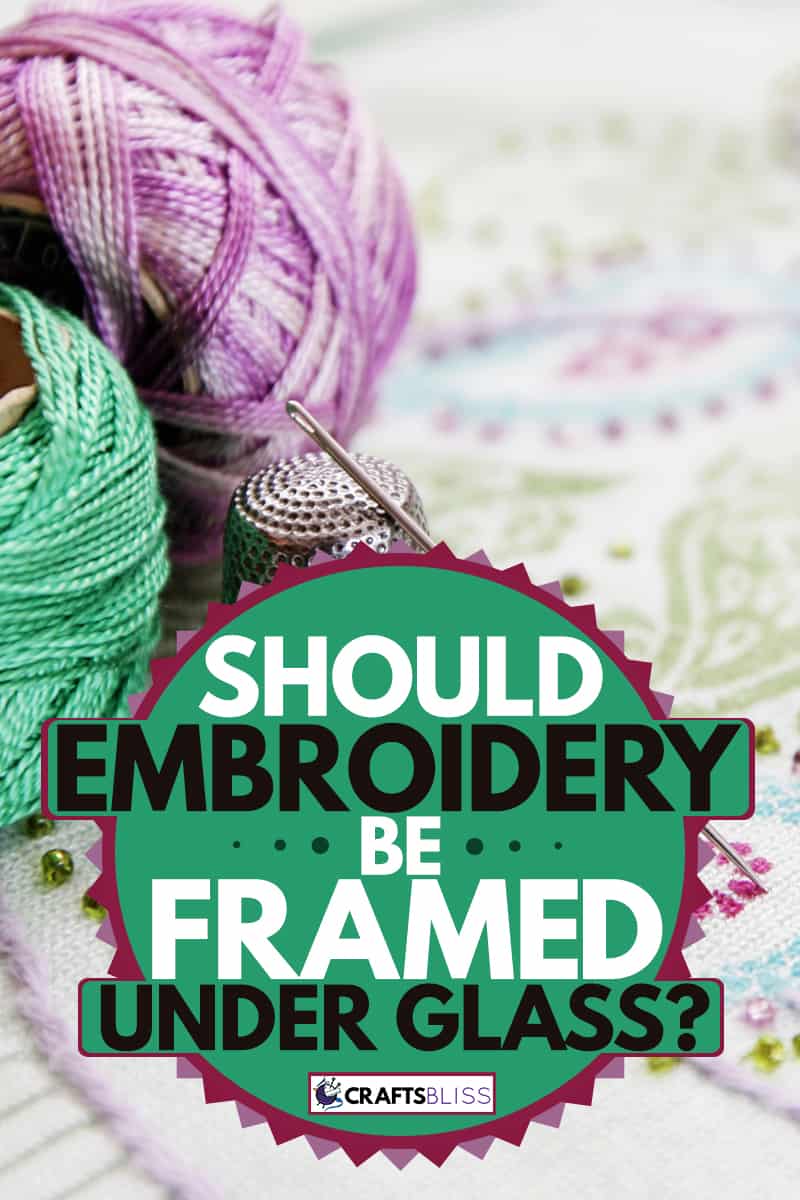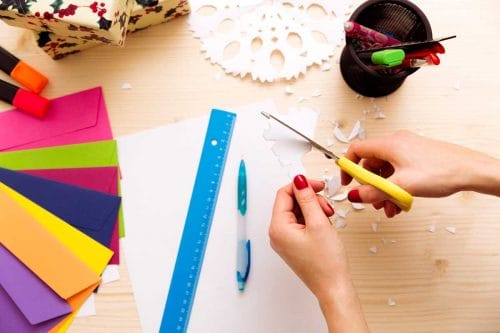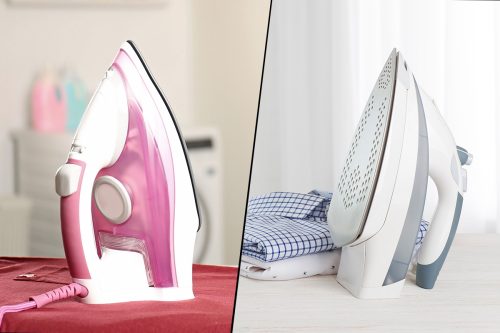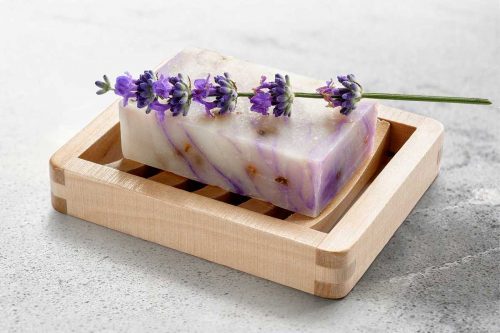Embroidery has made a comeback, and you're stitching like crazy, but now it's time to frame your gorgeous work, and you need to know, can embroidery be framed under glass? We've researched whether this is possible and have the answer for you.
Because embroidery has dimension, you don't want it to press against the glass in a frame. There are other ways to frame your embroidery, like shadow boxes, stretched on canvas, and on the hoops.
We'll take a look at each of these framing processes below, as well as show you a great video on finishing the back of your hooped embroidery with a cute felt process.

About Embroidery
Embroidery is a craft that involves stitching decorative designs on fabric. Yarns and threads and even embellishments such as pearls can be used in this craft. Examples of embroidery are found as far back as the 3rd century B.C. in China. In the near past, the embroidery was mainly used to beautify linens and some clothing items. Now, there's a resurgence of embroidery as a craft, and it's a cute way to showcase favorite quotes and sayings.
Should Embroidery Be Framed Under Glass?
Because embroidery has dimension, framing it tightly under glass can alter the surface of the thread. Therefore, it's not a good idea to frame it in a regular frame. If you do want to frame it a standard frame, consider putting some spacers between the frame and the glass to allow a bit of breathing room for your embroidered piece.
Can You Put Embroidery In A Shadow Box?
Shadow boxes are gorgeous little frames that have depth and more space between the glass and the canvas. This allows room for framing texture and dimensional designs. Embroidery styles like crewel, stumpwork, or punch needle are natural fits for framing in a shadow box. You can also frame a hooped piece of embroidery in a shadow box.
This 8' x 10" shadow box frame has a 2" deep interior, which leaves loads of room for dimensional embroidery. Click here for this on Amazon.
Can I Display Embroidery On Canvas?
Stretched canvases are a great way to display your embroidery. They provide a soft but firm surface for display. The main thing to remember is to keep enough extra fabric for this purpose when you start your piece. For example, if you're going to stretch your embroidery on a 5" x 7" frame, you'll want the overall piece of fabric to measure at least 8" x 10". This will give you enough material to wrap around and staple to the backside of the canvas.
Pre-stretched canvas is available in many different sizes, individually or bulk. This is a 10-pack of 8" x 10" canvases. Click here for this on Amazon.
Do You Leave Embroidery On The Hoop?
Embroidery hoops help you achieve tight beautiful stitches. In the past, most embroiderers would remove embroidery from the hoops because the embroidery was used more for linens than for art pieces. Nowadays, embroidery has made a comeback with crafters and artistic entrepreneurs.
Often these little and thoughtful embroidery pieces are meant to be hung on the wall. Leaving them in the embroidery hoops keeps them looking crisp and provides a super simple way to hang them.
There are even more decorative embroidery hoops available that are made for display. This set of four gives you different sizes, each with a beautiful toggle for hanging. Click here for this on Amazon.
How Do You Cover The Back Of An Embroidery?
Depending on how you're displaying your embroidery, you may want to cover the back of it. If you're stretching it over the canvas, the canvas provides the backing. The same goes for displaying it in a shadow box or frame. Those display types will come with a backing piece of cardboard to hide your stitches.
If you're displaying it in a hoop, there are a couple of ways to cover the back.
You can add a second piece of fabric to the hoop behind the embroidered piece. You could even make that piece of fabric a different color if it worked for the embroidery.
Another way is to put a circle of felt on the back of the hoop. This short video gives a great demonstration of how to do it.
Types Of Embroidery
There are several types of embroidery.
Cross Stitch
Cross stitch is probably the most common. Using hoops and Aida fabric with holes in it, cross-stitch works utilizing a grid pattern and x-stitches. There are many different kits available to learn cross stitch, and it's also an easy way of embroidering your own designs.
This cute cross-stitch kit has pre-printed fabric and is recommended by ARTNews. Click here for this on Amazon.
Crewel
Crewel uses wool threads and hand embroidery stitches. It has a bit more dimension and heft than cotton thread embroidery does.
This retro tree design in crewel is a great way to get started. When you're finished, turn it into either a wall hanging or a decorative pillow!
Click here for this on Amazon.
Drawn Thread Embroidery
This embroidery, thread in an open weave fabric is pulled back to create holes between the stitching. This type of embroidery is best displayed on a hoop or over the second color of fabric to show the quality and design of the holed patterns. It is also used in linens and fine linen clothing.
Stumpwork Embroidery
Stumpwork embroidery is a three-dimensional form of embroidery where the stitching raises from the surface of the cloth. Wire patterns sometimes create shapes like leaves and wings and other elements of the natural world. This technique was popular in England in the sixteen and seventeen hundreds.
This stumpwork kit from Dailymall includes five different dimensional flower designs. The kit consists of printed cloth, threads, needles, bead-head pins, and drawing instructions, but does not include embroidery hoops.
Click here for this on Amazon.
These 15cm embroidery hoops in a set of six are the right size for the stumpwork flowers shown above. Click here to see these on Amazon.
Needlepoint
Needlepoint has been around for a while. It's been used to make upholstering for chairs, fireplace screens, and decorative pillows, along with wall art. It is essentially embroidering but on a canvas with larger holes in it. As with the other forms of embroidery, there are multiple kits and sets available to help you get started, but it's also something you can use to design your own unique sewn pieces.
This cute sloth pillow is one-hundred percent needlework. This kit is a perfect gift for a young person or someone young at heart to learn and make a useful item that is adorable. The canvas has a stamped pattern, a large needle, and colorful yarns along with all the instructions you need to finish the pillow project.
Click here to see this on Amazon.
In Summary
We hope you have a good sense of how you can frame your embroidered pieces, along with a sense of what direction you may want to take your embroidery. There are many more historical styles and types out there to learn once you've mastered these forms.












![Read more about the article What Materials Can Be Used To Make Mosaics? [15 Great Options]](https://craftsbliss.com/wp-content/uploads/2021/02/A-gorgeous-circular-mosaic-art-with-using-different-kinds-of-materials-500x333.jpg)

